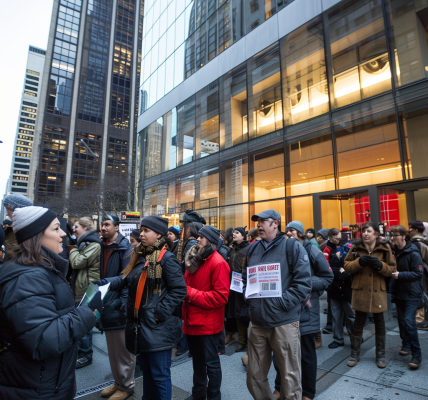South Australia is set to introduce a groundbreaking new licensing requirement for drivers of ultra high-powered vehicles starting from December 2024. The new ‘U class’ licence will be mandatory for all drivers of ultra high-powered vehicles (UHPVs) with a power-to-weight ratio of 276kW per tonne or higher.
Drivers of UHPVs will need to complete an online course, which costs $61, to obtain the U class licence. The course aims to educate drivers on the safe operation of UHPVs, the associated risks, and the safety features of these vehicles. Passing a test at the end of the course is necessary to obtain the U class licence.
In addition to the course fee, drivers holding a U class licence will be required to pay a one-time $20 fee to replace their standard licence. Failure to hold a U class licence while driving a UHPV can result in a fine of up to $2500 for a first offense, with subsequent offenses possibly leading to a one-year imprisonment.
Various vehicles in the Australian market, including models from Ford, Ferrari, Lamborghini, and McLaren, fall under the UHPV category due to their power-to-weight ratio. Additionally, modified vehicles meeting the 276kW/tonne threshold are also classified as UHPVs.
Drivers with a regular C class licence are allowed to test drive a UPHV through a car dealer but not in private sales. The U licence requirements also apply to supercar experiences and rentals.
Alongside the new licensing regulations, South Australia has implemented laws effective since January 1, prohibiting UHPV drivers from disabling specific safety systems such as anti-lock braking, autonomous emergency braking, electronic stability control, and traction control. Violating these laws could result in fines of up to $5000.
These changes in road safety laws follow a tragic incident involving the death of a teenage pedestrian in 2019 after being hit by a Lamborghini Huracan. The driver of the Lamborghini was acquitted of causing death by dangerous driving.





